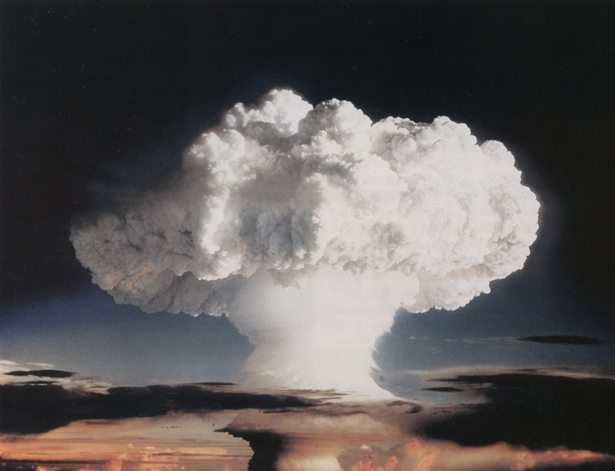Is it possible for an epidemic to be invisible? Since 1991 the annual number of newly documented cases of thyroid cancer in the United States…

Iodine-131
- Home/
- Tag/
- Iodine-131/

…we test out our latest weapons on them, just as the Germans tested out new medicines and new tortures in the concentration camps of Europe……

Statesman Journal, Apr 6, 2015: BREAKING NEWS Scientists detect Fukushima radiation on North American shores — Seaborne radiation from Japan’s Fukushima nuclear disaster has reached North America……

In the Fukushima Disaster Zone with UCLA researchers, Mar 3, 2015: Four years after Fukushima disaster, some areas remain untouched, clocks recording the exact time…
